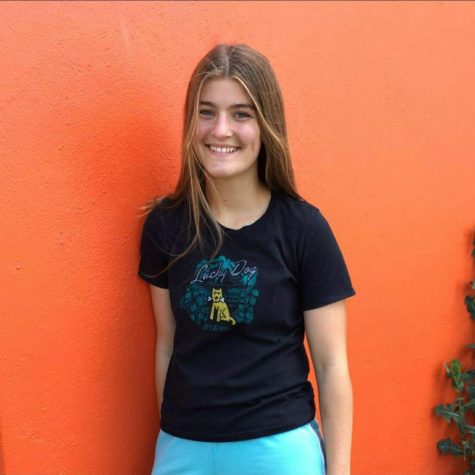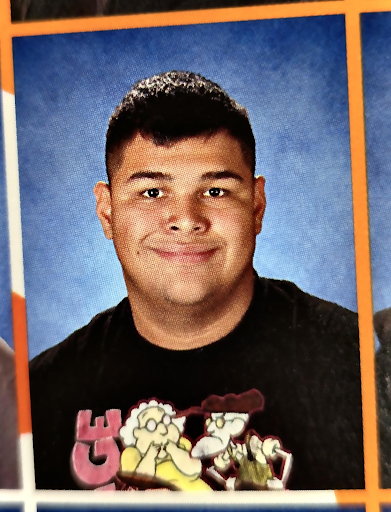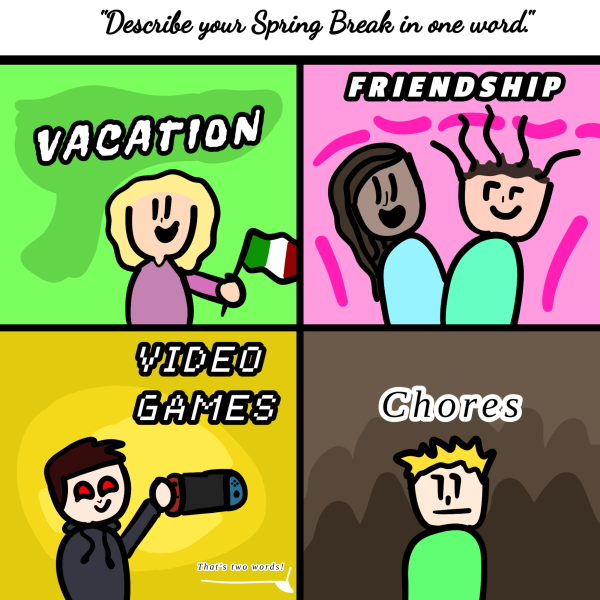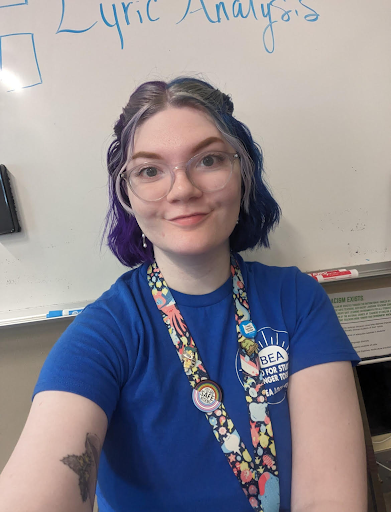COVID-19: geek edition
The National Center for Case Study Teaching in Science
A diagram of the virus.
“Coronavirus: Your government failed you.”
“Government’s spending and role have increased during the coronavirus pandemic response.”
“Coronavirus: ‘World faces worst recession since Great Depression.’”
Notice a trend? Most coronavirus coverage focuses on the virus through an economic and political lens, leaving much of the public oblivious to the health and scientific implications of COVID-19. Advice such as “stay six feet away from others,” “wash your hands,” and “don’t touch your face” is commonplace, but why should we follow these tips to slow the spread? The answer: science.
While the term “coronavirus” refers to the virus and “COVID-19” to the disease the virus causes, the specific strand is scientifically known as SARS-CoV-2. Viruses are generally categorized in two ways: RNA-based and DNA-based. DNA-based viruses spread through contact with an infected individual, then the virus DNA inserts itself into the host’s DNA and takes over, disrupts the production of cell proteins, and recreates its own proteins, causing the virus to multiply within the body.
For RNA viruses, the process is different. While RNA viruses enter the host cell and disrupt protein production, they make copies of the RNA code and send that to create new proteins with the virus, causing it to multiply and spread to more host cells. This means that SARS-CoV-2, an RNA virus, spreads quicker through the body than a DNA virus because RNA strands tend to be much shorter than DNA strands, allowing for quicker replication. Obviously, this isn’t something you want to get, which is why it’s crucial to adhere to social distancing rules.
The 6-feet apart rule comes from somewhere—it isn’t a number that governors agreed upon for no reason. Scientists have discovered that SARS-CoV-2 is primarily spread through tiny droplets released into the air when someone coughs, sneezes, or even breathes. According to Live Science, the main purpose behind this specific number comes from numerous studies suggesting that six feet is the average distance that respiratory droplets travel before settling, making the droplets less likely to be inhaled by others. However, some medical professionals advise that people stay even farther apart if possible.
Being aware of how SARS-CoV-2 spreads is important, but avoiding infection in the first place is undoubtedly the best way to stay healthy. This is best achieved through handwashing.
The virus is surrounded by a phospholipid layer, and this fatty layer is essentially a bunch of molecules with hydrophobic (water-repelling) heads and hydrophilic (water-loving) tails. These molecules are arranged to surround the hydrophobic ends of the molecules on both the outside and inside of the molecule, so the hydrophilic ends are sandwiched between the two layers. And this configuration allows the soap to destroy the virus.
Since soap’s molecular structure is similar to the molecules surrounding the SARS-CoV-2 virus, the soap attaches its hydrophilic tails to the external shell of the molecule and surrounds it until coming off with the water from washing your hands. This is due to the hydrophobic heads pulling away the fat layer from the virus and tearing it apart.
This is a great way to prevent the spread of the virus, but without proper handwashing technique could render ineffective. It takes twenty seconds for the soap to penetrate and surround the fatty layer, causing the virus to be removed from your hands.
Even if you wash hands and practice social distancing, catching the virus is possible, leading many people to wonder why cures for other viruses don’t cut it for the novel coronavirus. The answer is simple: every virus is unique, therefore infecting and spreading in a unique way. Cures are specifically designed to stop the spread of a virus within the body after infection, which is why taking medication as soon as possible after being infected is crucial.
SARS-CoV-2 is a virus, and cannot be treated with antibiotics, which are occasionally—and falsely—touted as cure-alls. They cure bacterial infections, not viral infections. Antiviral medications exist, but not specifically for SARS-CoV-2, which is why a cure hasn’t yet been found. But when there is a cure, it must be taken immediately after one tests positive for COVID-19 to ensure that while on antivirals, an immunity to the drug is not developed.
While politics and economics play a role in this pandemic, considering the scientific reasoning behind government protocols is essential in preventing the spread of the virus. Knowledge allows people to make well-informed decisions, and the more people who are aware, the better off we will be.

Natalie Foote is a sophomore at Beaverton High School who writes articles for The Hummer and helps manage its social media platforms. She enjoys running...






